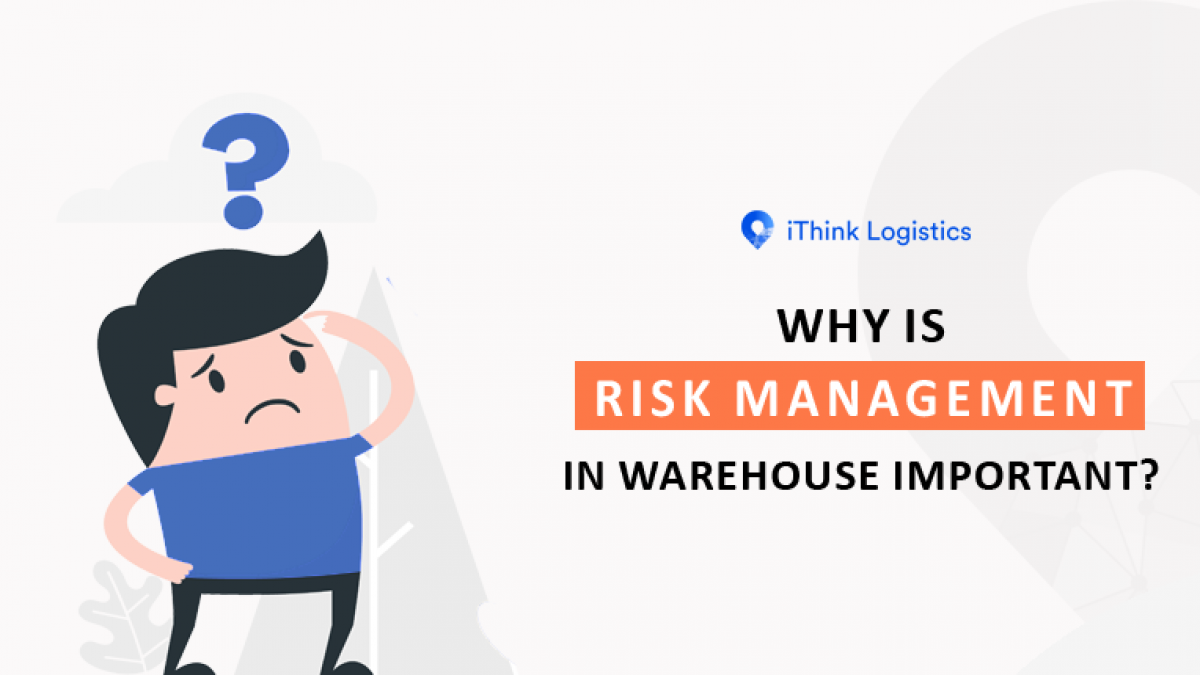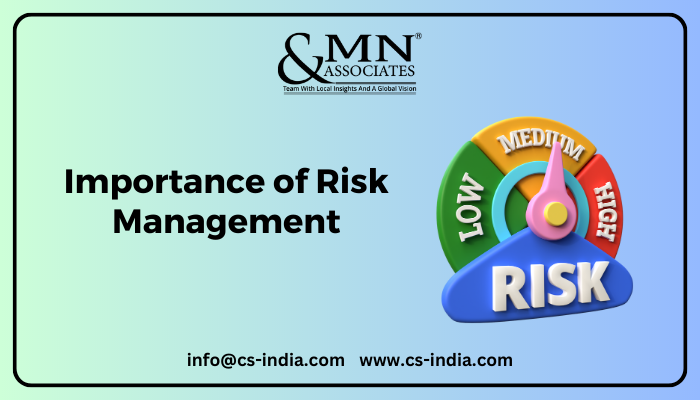The Essential Importance of Risk Management in Protecting Business Assets
The Essential Importance of Risk Management in Protecting Business Assets
Blog Article
Discovering the Importance of Risk Management for Effective Decision-Making Strategies
In the complex globe of business, Risk Management arises as an essential aspect in the decision-making process. The capability to identify prospective dangers and opportunities, and plan accordingly, can spell the distinction between success and failing. With tools such as SWOT and PESTEL, companies are geared up to make enlightened selections, promoting durability and adaptability in an ever-changing environment. Wondering just how this works? Let's unbox the dynamics even more.
Recognizing the Principle of Risk Management
Risk Management, a vital component in decision-making, is often misconstrued or oversimplified. Usually, it refers to the recognition, evaluation, and prioritization of threats to lessen, keep an eye on, and control the probability or influence of regrettable events. It's not merely regarding protecting against adverse results, but also concerning identifying prospective opportunities. Risk Management involves organized and regimented strategies, making use of information and informative assessments. It needs an extensive understanding of the organization's context, purposes, and the prospective dangers that might prevent them. From financial unpredictabilities, legal responsibilities, strategic Management errors, to mishaps and natural catastrophes, it attends to different risks. Notably, effective Risk Management is not stagnant; it's a continual, progressive procedure that develops with changing scenarios.
The Role of Risk Management in Decision-Making Processes
In the world of strategic planning and organization procedures, Risk Management plays an essential role in decision-making processes. Risk Management hence becomes a crucial device in decision-making, helping leaders to make informed selections based on a detailed understanding of the dangers entailed. Risk Management offers as a crucial element in the decision-making procedures of any type of company.

Exactly How Risk Management Improves Strategic Preparation
In the context of critical planning, Risk Management plays an essential function. Launching with the identification of possible dangers, it further reaches the execution of Risk reduction measures. The function of Risk Management is vibrant however not fixed, as it requires constant tracking and adjusting of approaches.
Determining Prospective Risks

Applying Risk Mitigation
Risk mitigation approaches can range from Risk avoidance, Risk transfer, to risk decrease. Each approach should be customized to the particular Risk, considering its prospective effect and the organization's Risk tolerance. Reliable my link Risk reduction requires a deep understanding of the Risk landscape and the prospective effect of each Risk.
Tracking and Readjusting Methods
Though Risk reduction is a crucial action in strategic preparation, continual tracking and change of these methods is similarly important. This recurring process allows organizations to determine new dangers and reassess existing ones, guaranteeing the applied techniques continue to be effective in the ever-changing company atmosphere. It also supplies a chance to assess the success of the Risk Management procedures, enabling adjustments to be made where necessary, more enhancing tactical preparation. Reliable monitoring and modification require using analytics and crucial performance signs (KPIs) to measure performance. These devices provide important data-driven insights that can educate calculated decision-making. Tracking and adjusting Risk Management methods is an important part for boosting a company's strength and critical planning.
Situation Studies: Successful Risk Management and Decision-Making
On the planet of organization and finance, successful Risk Management and decision-making often function as the columns of thriving ventures. One such entity is an international oil company that mitigated economic loss by hedging versus rising and fall oil costs. In another circumstances, a tech start-up flourished by recognizing and accepting risky, high-reward approaches in an unpredictable market. An international bank, encountered with governing unpredictabilities, effectively navigated the circumstance via proactive Risk analysis and vibrant decision-making. These instances highlight the value of sharp Risk Management in decision-making processes. It is not the absence of Risk, yet the Management of it, that typically sets apart successful business from not successful ones. These cases emphasize the essential role of Risk Management in critical decision-making. importance of risk look here management.
Tools and Techniques for Effective Risk Management
These devices, such as Risk registers and warm maps, help in identifying and examining prospective dangers. Risk feedback strategies, an essential element of Risk Management, include accepting, preventing, transferring, or mitigating risks. With these pop over to these guys strategies and tools, decision-makers can browse the complex landscape of Risk Management, consequently promoting notified and efficient decision-making.
Future Patterns in Risk Management and Decision-Making Techniques
As we explore the substantial landscape of Risk Management, it comes to be apparent that the devices and techniques used today will continue to evolve. Future fads point in the direction of an enhanced reliance on innovation, with expert system and device learning playing considerable duties. These innovations will enable companies to forecast prospective risks with better precision and make even more informed choices. Furthermore, there will be an expanding focus on resilience, not just in managing risks however also in getting better from adverse situations. Finally, the idea of Risk culture, where every member of an organization knows and involved in Risk Management, will gain much more importance. These trends advertise an even more proactive and inclusive strategy towards Risk Management and decision-making.
Final thought

Risk Management hence comes to be an important device in decision-making, helping leaders to make informed options based on a detailed understanding of the risks included. Risk mitigation strategies can range from Risk avoidance, Risk transfer, to risk decrease (importance of risk management). Efficient Risk mitigation calls for a deep understanding of the Risk landscape and the potential effect of each Risk. Risk response approaches, a crucial part of Risk Management, involve approving, preventing, moving, or mitigating dangers. The concept of Risk culture, where every participant of an organization is aware and entailed in Risk Management, will certainly gain extra importance
Report this page